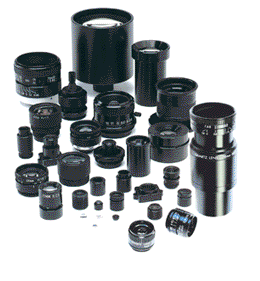High resolution lenses for machine vision — standard and custom lens design
Cellphone Camera Technology Rivals Stand Alone Cameras
High Resolution Lenses for machine vision, instrumentation, inspection and vibration-sensitive applications. Standard and custom hi-res lens assemblies.

Cellphone Camera Technology
Many smart phone users are leaving their DSLR cameras at home in favor of the cameras that are built into their smart phones and that may happen with more regularity with the development of new lens technologies. Today’s cell phone manufacturers have been amping up the megapixels, but even with that, they still have one drawback, the embedded cellphone camera lens, this means the lens itself is unable to physically zoom.
Researchers from the University of California, San Diego have been developing a camera lens that will allow the cameras embedded into a cell phone allowing it to capture higher quality photos. The UCSD researchers are developing a lens that is five millimeters thick and rivals an optical zoom of 40 millimeters long. This design allows the camera mechanism to collect light and reflect it onto the lens and back into the camera’s sensor. This lens, researchers feel could be easily embedded into a mobile phone camera or any other setting in which a small, but powerful camera is sought.
A camera of this size has the potential to be used in military imaging systems and telescopes. The United States Defense Advanced Research Projects Agency is funding a portion of the research to advance a technology called a “folded optical system;” this is a type of lens that is found in many microscopes. Telescopes use a system of lenses that collect light at one end and refract it toward the imaging sensor. The longer the focal length the larger the final image that will be projected will appear. To address the need for length, which is not an option in a cell phone camera, the researchers compressed the technology into a thin lens which can reflects the light at an eight times magnification. This magnification is captured prior to the light hitting the sensor.
The research scientists discovered that to make this technology viable, they made dramatic modifications to traditional camera lenses. The lens for this technology was made by carving mirror surfaces into a lens material called calcium fluoride. The mirror on the lens will “steer” the light and alter its path to “force” all of the light to converge into the camera’s sensor. Once the lens was cut, it was coated to help it reflect the light to the inside of the lens. The mirror on the front side of the lens will block close to 100 percent of the light from entering the camera housing; light bleeding in could reduce the sharp contrasts in an image.
Precision alignment is crucial to making the technology work to direct the light between the mirrors. This was accomplished by machining the lenses from a single piece of calcium fluoride. By blocking a majority of the light, the camera the researchers developed was able to capture an image as well as a conventional lens that was nearly ten times as long. In a traditional camera, 100 percent of the ambient light passes through the lens but the interior mechanisms work to sharpen the image, the prototype lens design was found to capture images nearly as clear as could be found in the traditional camera lens styles.
Universe Optics performs lens design and optical lenses for industrial, medical, high tech and electronic applications